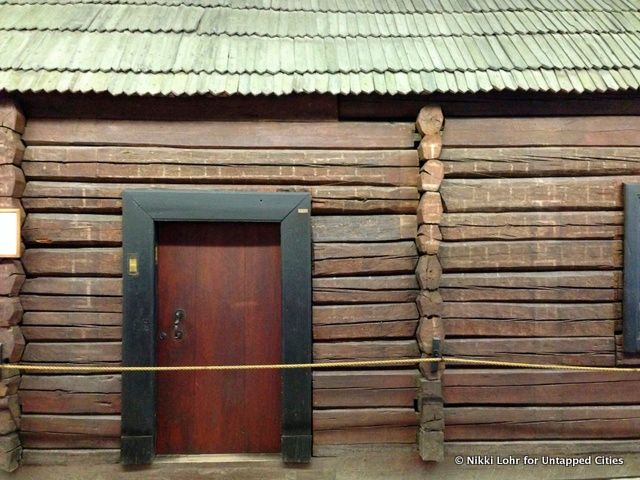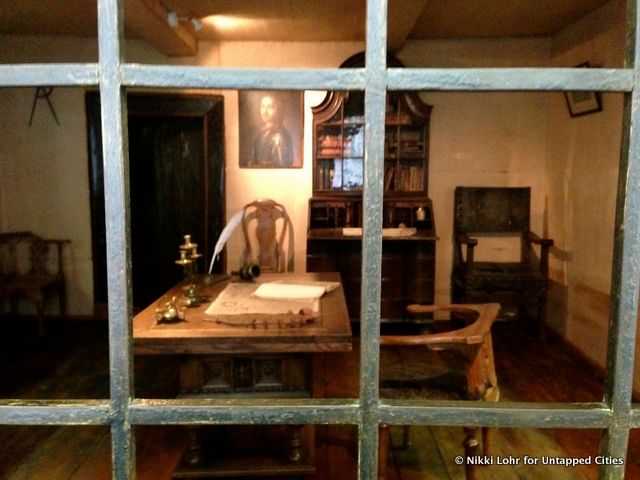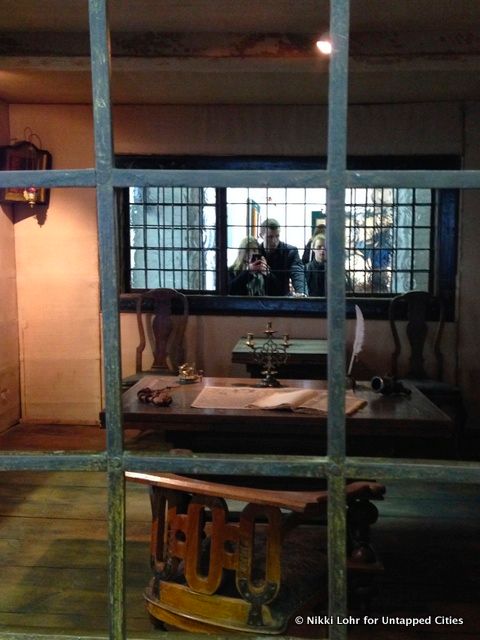Last Chance: The Annual Orchid Show Soars at the New York Botanical Garden
The vibrant colors of Mexico come to NYC for a unique Orchid Show at NYBG!



The tsars are remembered for their lavish palaces – monuments of decadence that encouraged peasants and factory workers to take up arms in the Russian Revolution. But Peter the Great, the tsar who built St. Petersburg and put Russia on the path of Westernization in just 30 years, did not live in the lap of luxury. His first palace in Petersburg was a mere 710 square feet, smaller than the average one-bedroom apartment in Manhattan.
Today, this palace is most likely the smallest palace in the world.
And perhaps the cheapest built and fastest made. It was constructed in only three days in the spring of 1703. Petersburgians call it the “Original Palace” and more often “Peter’s Cabin.” And that’s just what it looks like – a log cabin.

It bore no resemblance to urban architecture, even in Peter’s day. In fact, it’s more like something you would find in the woods of Maine. It’s made out of the trees that originally stood on the house’s lot. It has only three rooms and an entry-hall. And Peter even built some of its furniture himself.
The exterior is also austere. The palaces of later tsars boasted towering Corinthian columns and marble statues. Catherine the Great’s palace had a whopping 220 pounds of gold on its façade. Peter’s only decoration was paint.

Peter’s Study. The armchair near the table on the right was built by Peter himself.
He wanted his city to look like Amsterdam. So he had his house painted to resemble traditional Dutch brick masonry: rectangular lines in white, with red paint inside the lines. Peter ordered the other houses in the city to be painted the same. He also discouraged people from building bridges between the islands of St. Petersburg. That way, the inhabitants would be forced to use sailing as their main means of transportation – another nod to Amsterdam.
To be fair, Peter only lived in this house for a few weeks. Soon, a grander palace – this time with six rooms -–was built. Peter’s interests never lay with building monuments or palaces. He was more concerned with fighting wars and collecting dwarfs (yes, he had them dress up in silks and pop out of pies).

In 1723, Peter made the house a historic landmark and it became Russia’s first museum. After his death, it became a chapel too. People went there to pray until 1929, when Soviet authorities (who were very anti-religion) declared that the palace could only be a museum. During World War II, it was boarded up and disguised so that the Nazis would not destroy it.

Today, the palace sits inside a stone building, which protects it against the elements. Behind it are concrete buildings that stand eight stories high; they house chain restaurants and banks. But in the front, the palace looks out onto the Neva River – the same view that Peter saw more than three centuries ago as he imagined building St. Petersburg.
Next, discover one of the world’s deepest subway station in St. Petersburg and 6 hidden courtyards of St. Petersburg.
Subscribe to our newsletter